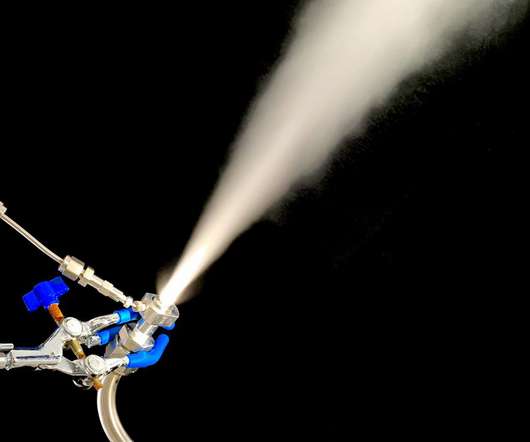UNEP study: small number of measures targeting black carbon and tropospheric ozone could yield immediate climate benefits
Green Car Congress
FEBRUARY 22, 2011
Global benefits from full implementation of the identified measures in 2030 compared to the reference scenario. Black carbon and tropospheric ozone are harmful air pollutants that also contribute to climate change. The identified measures complement, but do not replace, anticipated carbon dioxide reduction measures.















Let's personalize your content